The Grand History of The National Park Service
Without this Federal Agency, we wouldn’t have the beautiful spaces America is known for. Here’s how they got started, from the very beginning.

BY KRISTEN BOWIE
The historical value of the National Park Service runs deep in the roots of this country. Without their hardwork and dedication to America’s most beautiful spaces, we wouldn’t have millions of acres of expansive wilderness to explore and enjoy.
The National Park Service is a federal agency that is part of the larger US Department of the Interior. The creation of the department itself is a bit of an enigma enmeshed in the transcendentalism that was a driving force behind the psychology of many 19th century Americans.
The driving philosophy, ‘Manifest Destiny’; the idea that the United States is destined by God to expand its dominion and spread democracy and capitalism across the entire North American continent.
This mindset was the driving force behind the efforts to expand westward and acquire more territory, but not only that, it inspired many popular 19th century creators. These transcendentalists- writers like Ralph Waldo Emerson, Henry David Thoreau, and Walt Whitman were all contemporaries of their time that drew inspiration from nature.
While these writers worked in the spoken word, there were artists like Thomas Cole, Asher Durand, and Albert Bierstadt that laid brush to canvas and ignited images of the Wild West in the imaginations of Americans everywhere. These creators were a key inspiration and a driving force behind the American Conservation Movement.
As famous creators brought the wonders of the West’s wild spaces to Americans that had never experienced anything like it, the country began to develop a sense of national pride over the iconic wilderness spaces the West was known for. Conservationalists like John Muir and other prominent citizens advocated to protect these wild spaces from commercial interest and development.
When Advocacy Leads to Action
This advocacy led to President Lincoln to respond to the pressure to protect these spaces- in 1864, he created the Yosemite Grant Act to protect the beautiful spaces in the Yosemite Valley.
The Yosemite Act paved the path for the creation of the first national parks. This was the first time in US history that the Federal Government set aside land that was specifically designated for preservation and public use.
Meet America’s First National Park: Yellowstone
The United States Congress made big moves by establishing the Yellowstone National Park Protection Act in 1872. The authors behind this historical act envisioned a place where all Americans (with the exclusion of Native Americans) could gather and enjoy the space.
Note: Our company celebrates the beauty of these natural spaces and actively recognizes the problematic history of some of our National Parks. We are actively working on content pieces to address the issues found during the Westward territorial expansion and will update this piece with links upon their completion.
President Ulysses S. Grant signed the act into law on March 1st, 1872, which not only made Yellowstone America’s first national park, but it was also the first national park in the world.
This act set aside an enormous parcel of land- 1,221,773 acres of public land in the soon-to-be states of Wyoming, Montana, and Idaho. This move went directly against the existing precedent- typically the government would transfer public land in the West to private ownership.
In the years that followed, conservationists like John Muir lobbied for wild land preservation- their efforts directly led to the creation of several more national parks and monuments throughout the American West. This inspired the creation of other national treasures: Mackinac National Park, Sequoia National Park, King’s Canyon and Yosemite National Park all followed suit.
shop the collection
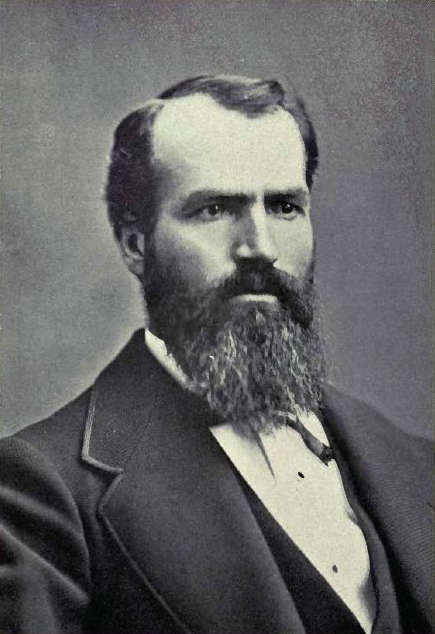
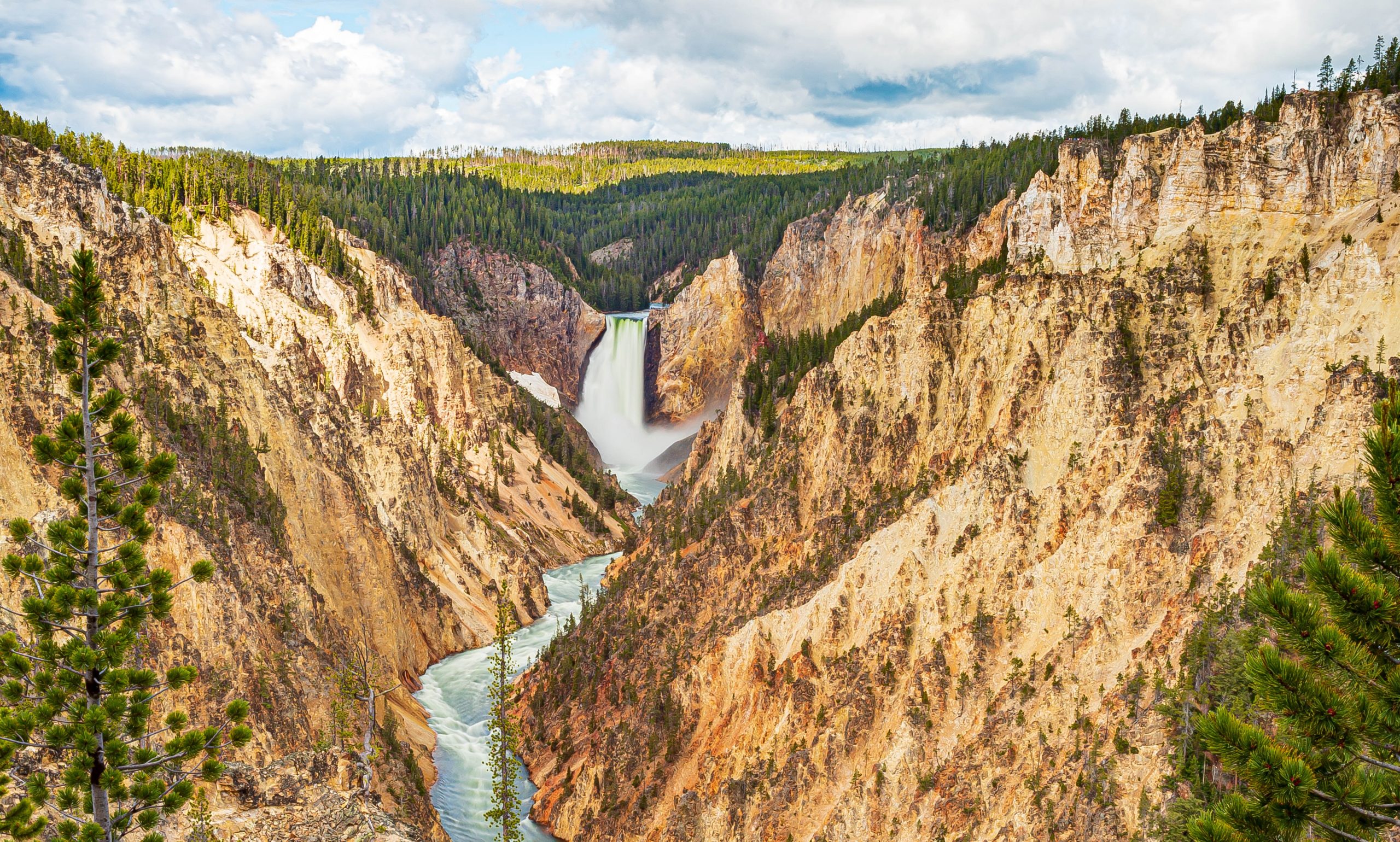
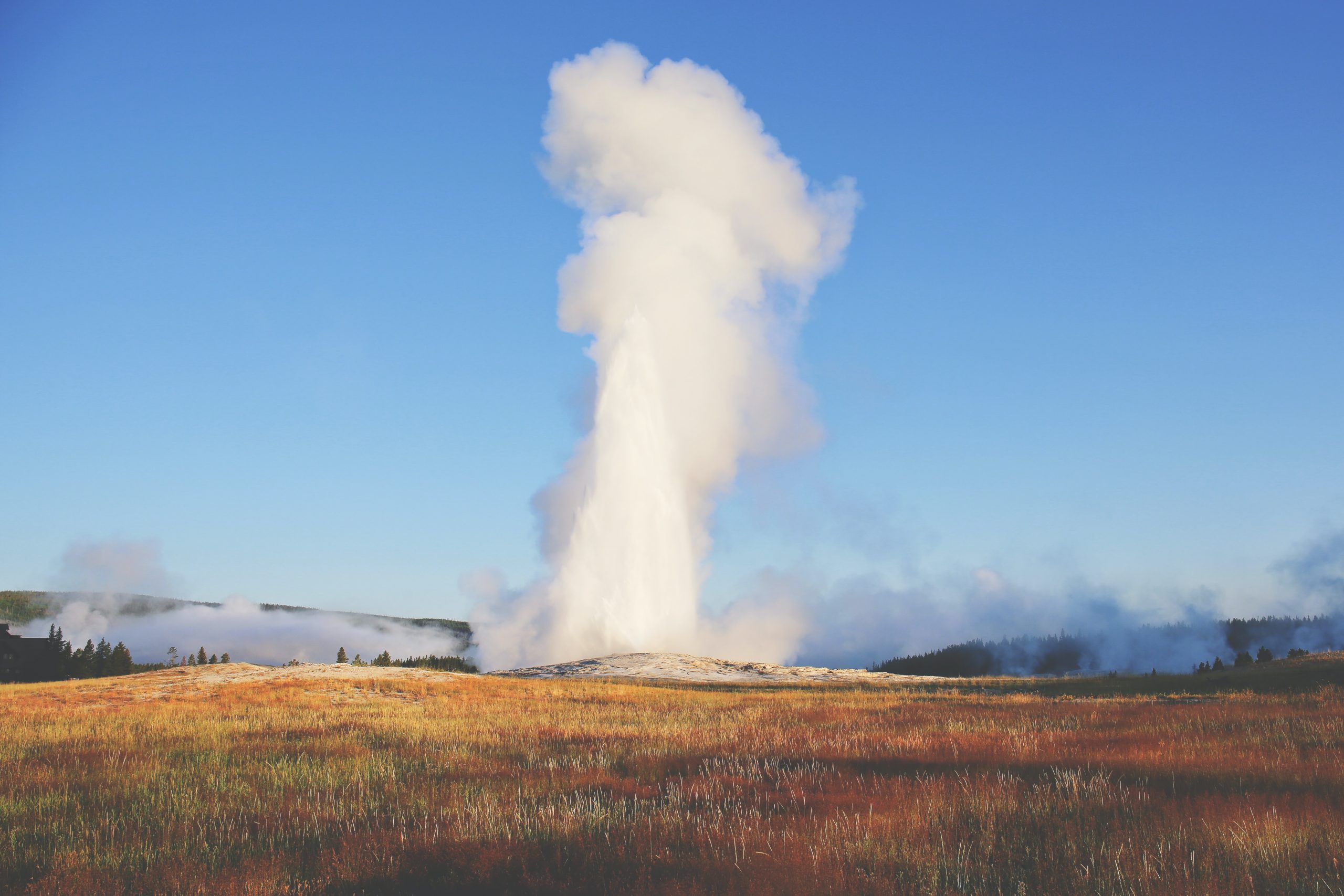
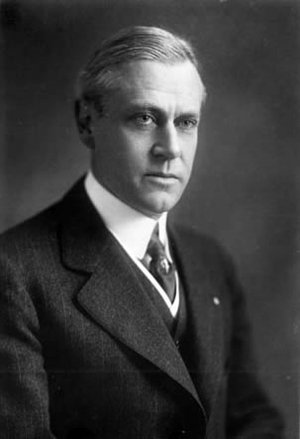
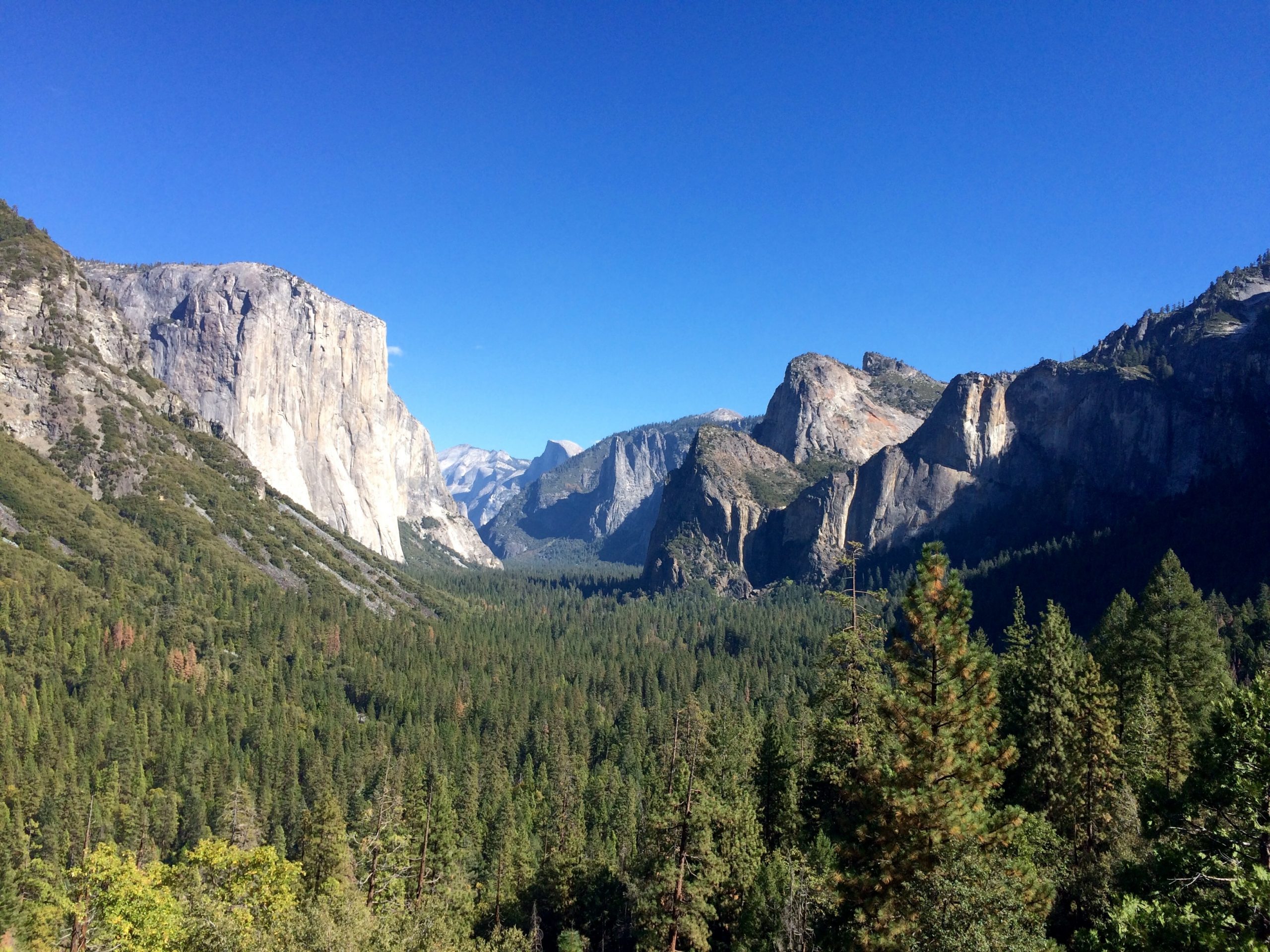
The Birth of The National Park Service
During the early days of the National Park System, every national park and monument was managed independently and this sometimes caused problems.
Nathaniel Langford was an explorer that was appointed as Yellowstone National Park’s first superintendent, but this was no easy task. Yellowstone was a massive expanse of wilderness and Langford wasn’t provided a salary, funding, or staff. This left the park without any resources to defend against poachers or vandals. After a rough beginning, the United States Army assumed control over the park in 1886.
That wasn’t the only park facing big problems. Yosemite was under threat, as well. San Francisco was a growing city in the beginning of the 1900’s and needed access to resources like a steady drinking water supply. This drove congress to debate whether to dam up the Hetch Hetchy Valley- and was no easy decision as the Hetch Hetchy Valley was located in Yosemite National Park.
From 1908 to 1913, Congress battled with preservationists led by John Muir and The Sierra Club, who argued that the valley should be protected from human interference. John’s lobbying eventually failed and Congress allowed construction to proceed.
The Hetch Hetchy controversy struck a chord with The Sierra Club, who banded with other environmental allies to petition the government with the challenge of providing stronger protection of national parklands by the creation of a unified federal service that can manage the parks.
And on August 25th, 1916, under The National Park Service Organic Act, President Woodrow Wilson instituted the National Park Service as a federal agency.
This fledgling agency’s core mission was to conserve the scenery, natural and historic objects, and the wildlife that exist within these national parks, as well as ‘provide for the enjoyment of the same in such manner and by such means as will leave them unimpaired for the enjoyment of future generations.’
Stephen Mather was the first head of the NPS. Mather, an American Industrialist, introduced concession operations into the parks- allowing visitors to buy food and other basic necessities. As the first head of the National Park Service, Stephen Mather was a big advocate for the creation of the American Highway System to Make our national parks more easily accessible by automobile.
The National Park Service We Know Today
As of 2020, there are 417 national parks and monuments that cover more than 84 million acres managed by the National Park Service. Park rangers and other NPS personnel server over 300 million visitors every year through our National Park System.
